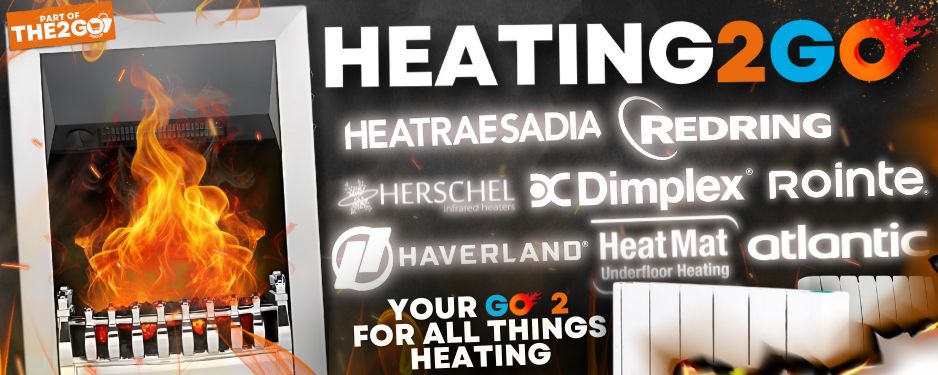Other way is to box in pipes, obviously, but less obvious is to make this boxing oversize in height - giving your missus somewhere to rest her champagne flute and expensive potions . Ie tile it and make feature.
Welcome to the forum. Although you can post in any forum, the USA forum is here in case of local regs or laws
How to install the app on iOS
Follow along with the video below to see how to install our site as a web app on your home screen.
Note: This feature may not be available in some browsers.
- Thread starter Alex Edge
- Start date
-
- Tags
- bath pipe waste waste pipe
You are using an out of date browser. It may not display this or other websites correctly.
You should upgrade or use an alternative browser.
You should upgrade or use an alternative browser.
B
Burger
Is there no way of removing the upstand pipe and rubber bung, renew the bung and come off on a spigot elbow?
Rob Foster
Esteemed
Dont cut the joists under a fancy big bath, its nuts,
1m3 of fresh water weighs 1 tonne, unless you fancy it joining you downstairs
centralheatking
1m3 of fresh water weighs 1 tonne, unless you fancy it joining you downstairs
centralheatking
If drilling through joists
drill hole in line with boss adaptor drill through Joist then straight through into boss straight and connect in with new boss on the side rather the top outlet and just blank current one off
drill hole in line with boss adaptor drill through Joist then straight through into boss straight and connect in with new boss on the side rather the top outlet and just blank current one off
I don’t want to be one of life’s bores - but don’t cut through a joist - particularly on a floor that is expected (required) to take the imposed load of a bath - without providing an alternative adequate support for the loading.
From the photos you have provided this is either by properly plating the existing joist or installing a parallel joist (preferred solution).
Whilst many regard Building Regulations as a pain, they are there to protect you, and as someone above said - do you really want the bath in the kitchen? My view is that is unlikely to happen - but a partial failure, severing live water pipes is not an unknown event after the substructure has been compromised.
Be aware that if that does happen as a result of actions taken by the homeowner or plumber, an insurance company is likely to question the resulting claim.
I have no issue at all with the work being undertaken by an informed DIY enthusiast. However, a lot of houses built since 1990 do not have the same factors of safety built into the above ground floor or roof structures. That is not an issue until they are modified without due consideration as to how the revised loading is carried to the foundations.
In this case, the clue that the cross joists are “light” is that the main soil pipe has been boxed in between two joists and that the ceiling is mounted on trimmers below the joist - hence the need for a hanging strap around 90 degree bend as the soil waste transits from the horizontal to the vertical.
From the photos you have provided this is either by properly plating the existing joist or installing a parallel joist (preferred solution).
Whilst many regard Building Regulations as a pain, they are there to protect you, and as someone above said - do you really want the bath in the kitchen? My view is that is unlikely to happen - but a partial failure, severing live water pipes is not an unknown event after the substructure has been compromised.
Be aware that if that does happen as a result of actions taken by the homeowner or plumber, an insurance company is likely to question the resulting claim.
I have no issue at all with the work being undertaken by an informed DIY enthusiast. However, a lot of houses built since 1990 do not have the same factors of safety built into the above ground floor or roof structures. That is not an issue until they are modified without due consideration as to how the revised loading is carried to the foundations.
In this case, the clue that the cross joists are “light” is that the main soil pipe has been boxed in between two joists and that the ceiling is mounted on trimmers below the joist - hence the need for a hanging strap around 90 degree bend as the soil waste transits from the horizontal to the vertical.
Last edited:
Thanks all,
really appreciate the advise given.
I realise it's a difficult call between what an experienced plumber would do and a novice.
I going along with Riley suggestion and keeping the waste above the floor. Everyones happy especially the dog after it had my dinner last night!!! Cheers.
really appreciate the advise given.
I realise it's a difficult call between what an experienced plumber would do and a novice.
I going along with Riley suggestion and keeping the waste above the floor. Everyones happy especially the dog after it had my dinner last night!!! Cheers.
Similar plumbing topics
- Replies
- 1
- Views
- 393
- Replies
- 0
- Views
- 107
- Question
- Replies
- 4
- Views
- 1K
L
- Question
- Replies
- 8
- Views
- 1K
- Replies
- 4
- Views
- 2K
- Replies
- 2
- Views
- 725
- Replies
- 3
- Views
- 1K
- Replies
- 4
- Views
- 1K
- Question
- Replies
- 9
- Views
- 3K
- Replies
- 7
- Views
- 3K
- Replies
- 3
- Views
- 2K
F
- Replies
- 1
- Views
- 773
- Replies
- 6
- Views
- 1K
- Replies
- 3
- Views
- 564
- Replies
- 6
- Views
- 627
- Replies
- 6
- Views
- 340
- Replies
- 3
- Views
- 791
- Question
- Replies
- 10
- Views
- 2K
- Replies
- 5
- Views
- 3K
- Question
- Replies
- 5
- Views
- 4K
- Question
- Replies
- 1
- Views
- 2K
A
- Replies
- 0
- Views
- 157
- Question
- Replies
- 10
- Views
- 2K
- Replies
- 7
- Views
- 3K
We recommend City Plumbing Supplies, BES, and Plumbing Superstore for all plumbing supplies.


